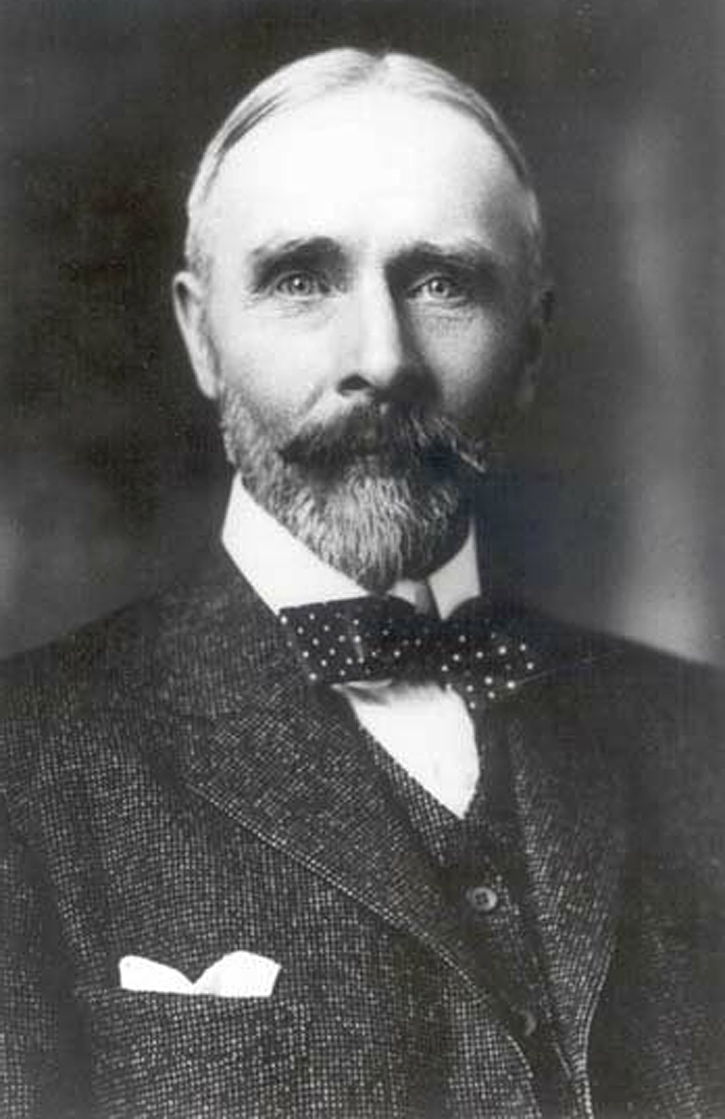Project Description
Geologist Biography
McConnell was one of the last of Canada’s outstanding geological explorers and his keen powers of observation made him a highly accomplished field geologist.
Born in Chatham, Quebec, on March 26, 1857, he received his B.A. degree from McGill University in 1879 with first-class honours in natural sciences, and where he studied geology under Sir William Dawson. In 1880 began geological work for the Geological Survey of Canada.
From 1881-1914 McConnell was engaged every summer in geological studies mainly of a reconnaissance and exploratory nature in the west and north-west of Canada, covering a truly immense area. For five years he dealt with southern Alberta and Saskatchewan, providing much new information on Cretaceous stratigraphy and coal potential. For three years he studied and mapped the Rocky Mountains west of Calgary, and was the first to recognize and interpret the great thrust faults along the mountain front, the leading such thrust fault now named after him. For four years he carried on geological mapping in the highly metalliferous West Kootenay area in British Columbia. For a ten-year period his work lay in the Yukon, where among many important contributions may be mentioned his study of the White horse copper belt and the Klondike placer gold fields. In the latter area McConnell persistently advanced the idea of dredging which was later carried out very profitably. For eight years he worked in various parts of British Columbia, dealing mainly with the Portland Canal district, Texada Island, Finlay and Omenica Rivers and Rainy Hollow. For two years he covered ground north of Lesser Slave Lake, including the Athabaska tar sand area.
For one winter he remained in the far north, and during the preceding and following field seasons made one of the longest and most remarkable Canadian exploratory trips when he travelled from Wrangell via Telegraph Creek, Dease River and Liard River to the delta of the Mackenzie, returning by way of Porcupine and Yukon Rivers to Skagway. As a result of this trip down through the Grand Canyon of the Liard he was the first explorer to recognize the fact that the Rocky Mountain system ended at about latitude 60° N.
The results of his field work were published on many geological maps and in some forty reports of the Geological Survey, however, he invariably declined to tell of his work or experiences on a public platform. As a consequence McConnell was perhaps less well-known than some of his peers. He did not seek reward or high position; his ambition was to do the appointed task as well as possible and to further the science of geology. After his return from an expedition he would immediately write his account of it in excellent English, and for the rest of the winter or spring would study reports of other geologists to keep up to date in his chosen field.
In November 1898 he married Jean T. Botterell of Montreal and they had two children. In 1914 he was appointed Deputy Minister of Mines, which position he held until his retirement from the Department in 1921. However, he was extremely fond of the outdoor life and was quite reluctant, albeit obliged, to give up his summer explorations to take on office duties as Deputy Minister.
He died in Ottawa, on April 1, 1942, in his eighty-sixth year.
This biography is an abridged and modified version of the obituary written in 1942 by George Hanson and published in Nature.


